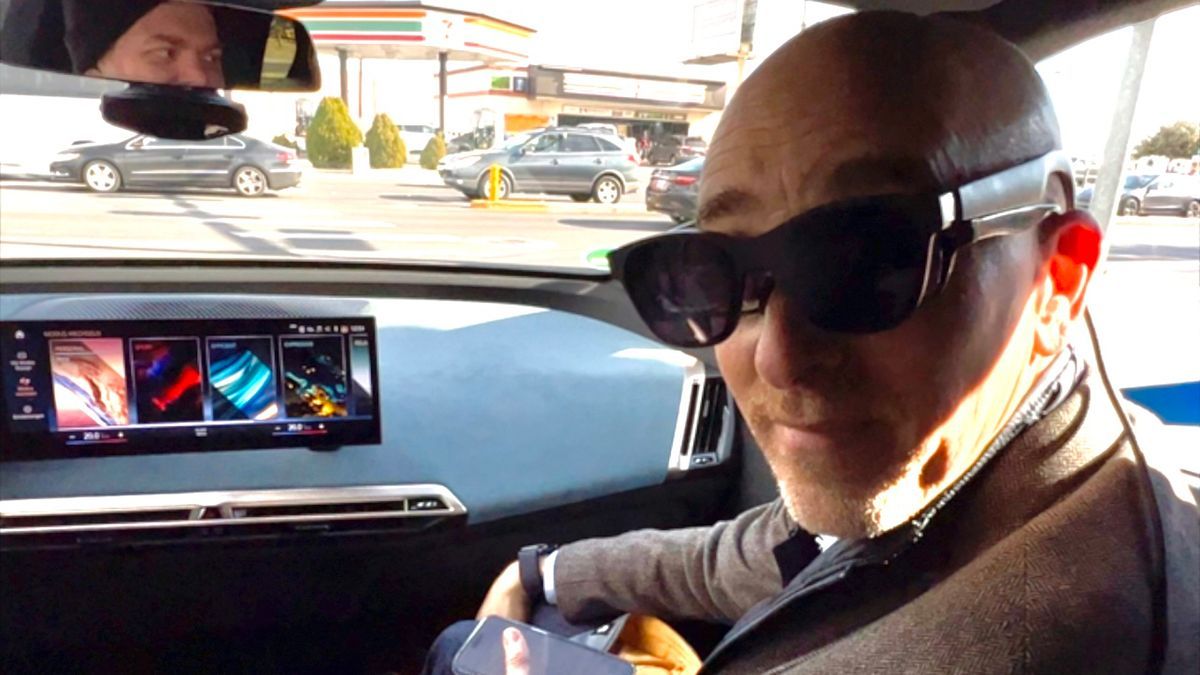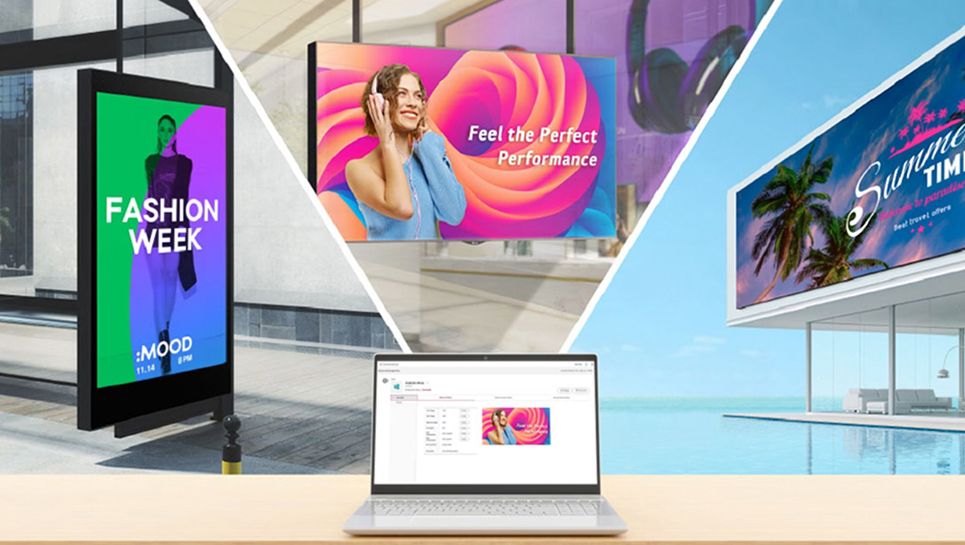If you had asked me to wear AR glasses in addition to my regular glasses for a short ride in a lovely BMW electric vehicle, I would have said, “No, thanks.” But now I’m glad I accepted because I can almost believe that augmented reality makes sense, not only for passengers but also as a tool for drivers.
Here, in a CES 2024 parking lot where automotive tech is everywhere, I hopped into an all-electric BMW iX M60 and put on a pair of Xreal Air 2 augmented reality glasses. I had to wear them over my regular glasses because there were no time to fit them with the correct prescription lenses. Fortunately, the AR effect still looked pretty good.
As soon as I put the frames on, I could see a small circular platform above the board. For this experience, BMW put me in the passenger seat while a BMW representative drove (without AR glasses) and explained the technology to me. For this demo, we drove out of the parking lot, away from the convention center, and onto the streets of Las Vegas.
What I saw through the glasses surprised and often delighted me. It’s the subtlety that makes it work. There is nothing jumping out to obstruct your vision. Instead, mostly translucent objects appear on the dashboard or on the road. To be clear, though, AR elements can appear anywhere you look: out the windshield, out the passenger window. Sometimes I forgot that everyone else couldn’t see what the Xreal Air 2 AR glasses were showing me.
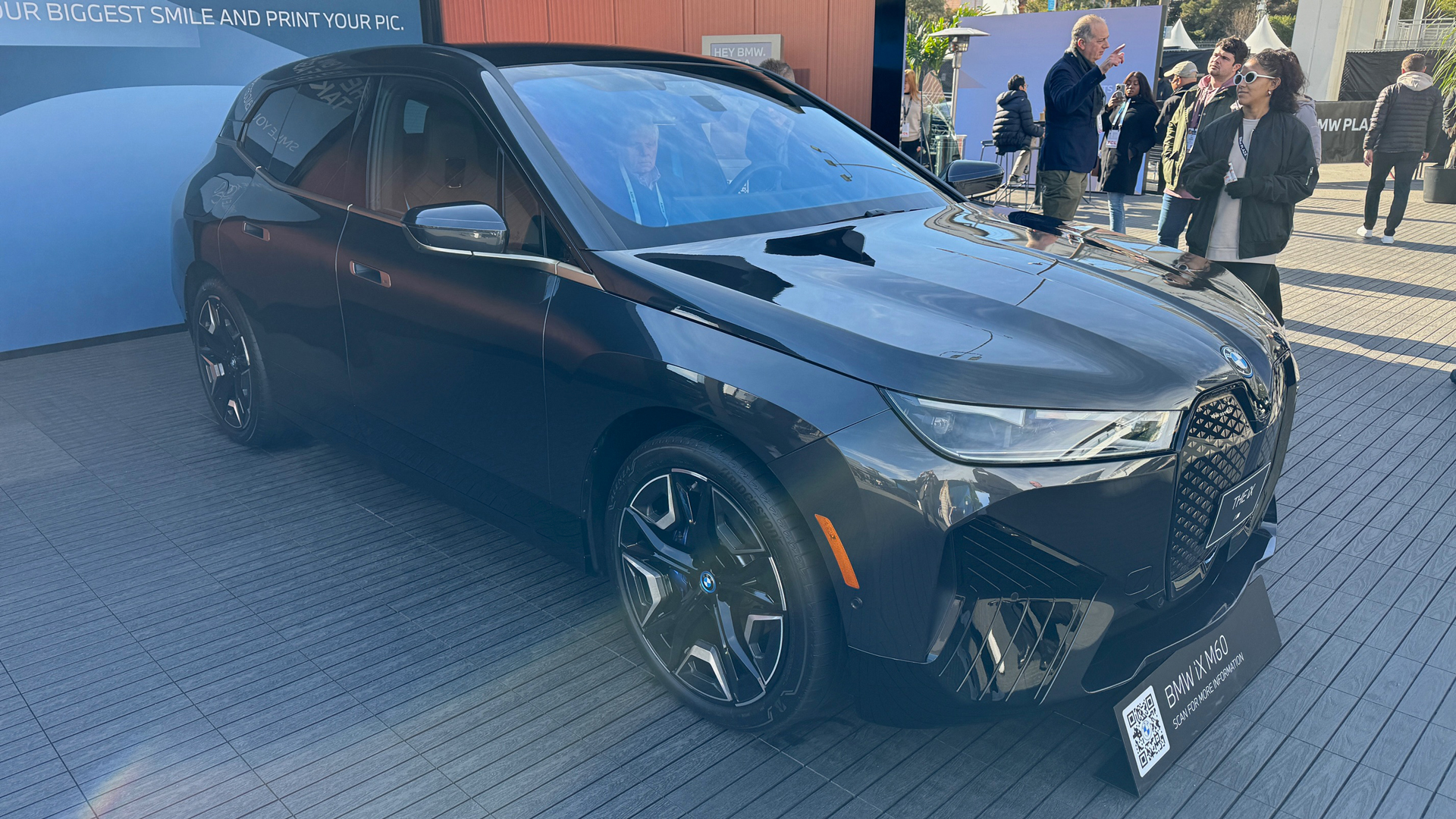
Throughout our journey, I saw green arrows directing me to my destination; They would turn left or right to alert me of an upcoming turn (comically, the driver not wearing glasses managed to miss one of our turns). The idea here is that this guide could replace your standard GPS navigation system. Of course, the system is connected to a phone that is connected to the car. Still, I didn’t have to look at another screen to see where I was going.
In addition to the steering tails, there were blocks of these colors that appeared on both sides of the car. They were green for all clear, yellow for caution, orange for danger and red for stop. If there was a stop sign ahead, an AR would appear before me. There were virtual caution cones to warn me about potholes and other road hazards.
The system also includes games and entertainment for its passengers. At one point, virtual dice started raining from the sky (BMW pre-programmed and scheduled these matchups for specific times during our trip). Later there was a game where virtual poker chips were flying at me. I earned points for each one I managed to guide with my eyes through a floating ring. I only achieved 6 points.
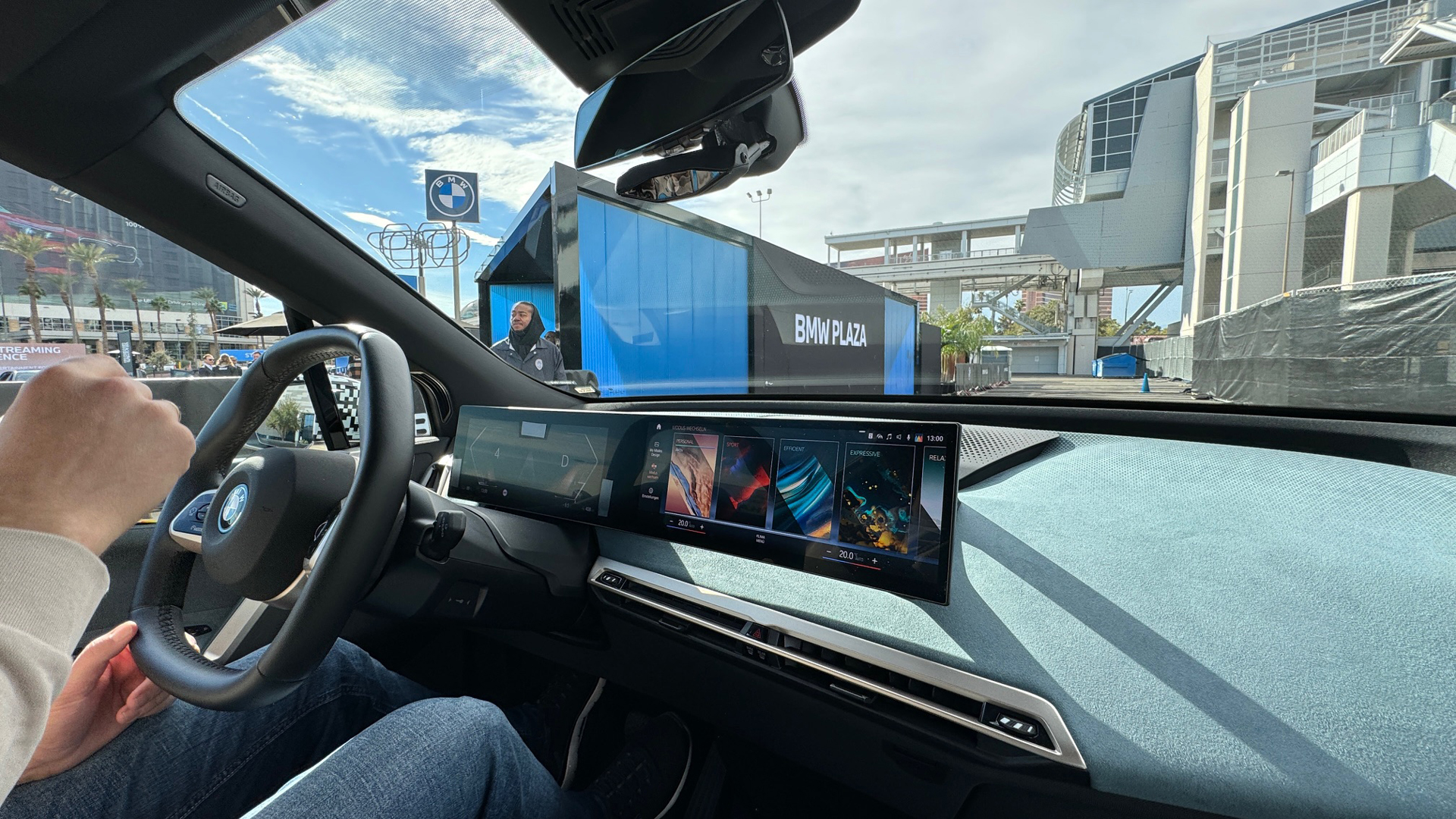
On the virtual control panel, there was a multimedia button. When we activated it, the BMW representative told me to lower the visor. On the surface was a virtual screen that looked like an 80-inch screen located about 3 feet away from me, and naturally, it was playing a BMW commercial. I was surprised and appreciated the quality of the image.
At the end of our trip, we returned to the parking lot and in front of me I could see a guide leading to a charging station. The AR graph showed how much charge I had left and how long it would take to recharge the iX M60.
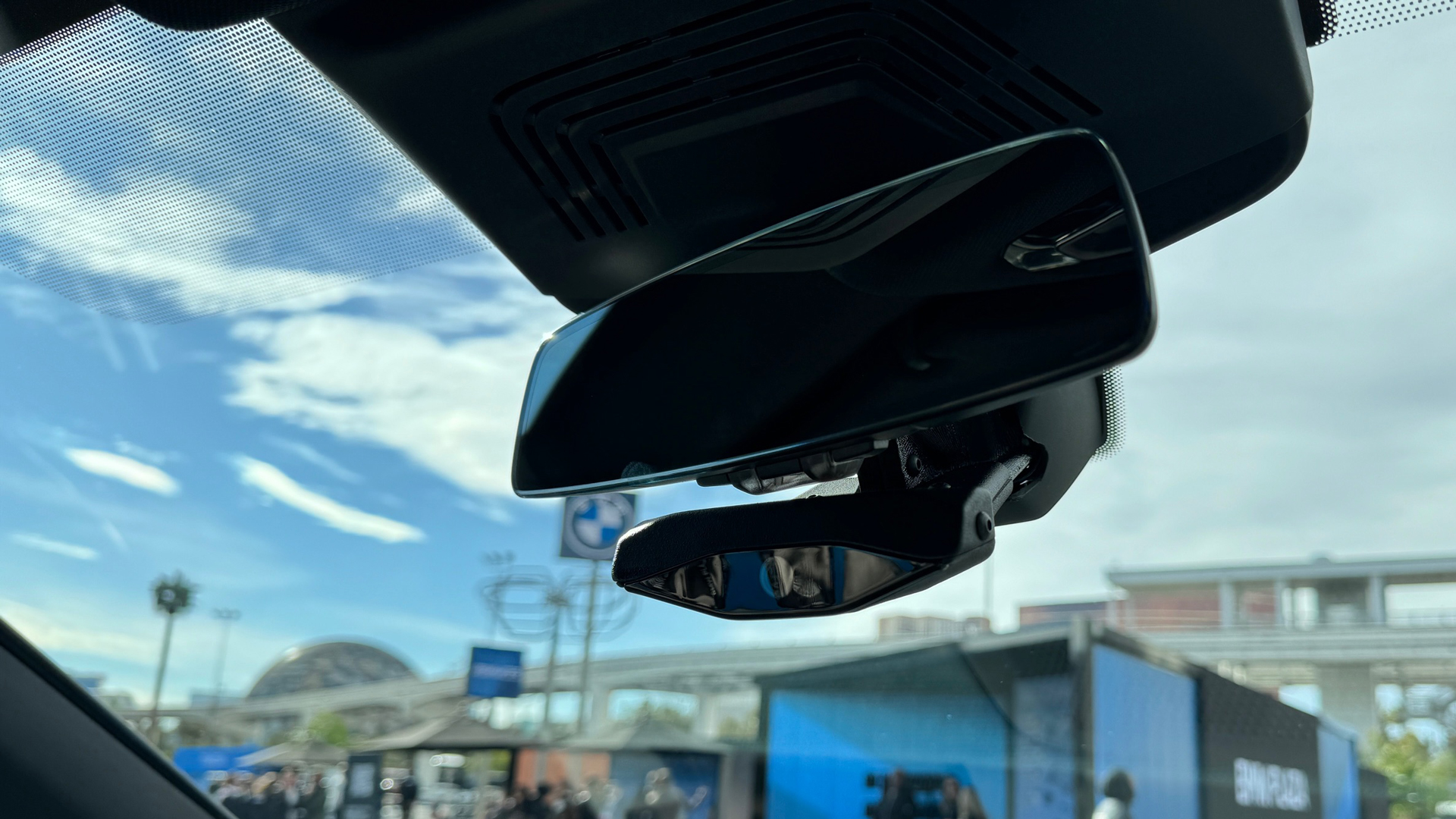
One thing I noticed about all the images is that they understood the surfaces and chassis of the electric vehicle. BMW told me it wasn’t using the Xreal’s camera to read the surfaces. Instead, they had added a camera in the cockpit to see where you were looking, correctly position the control panel on the dashboard, and manage occlusion.
The latter is what really sells the AR effect. Those guide blocks I mentioned disappear behind the edge of the car’s hood. In other words, they appear as real objects and not in a distracting, illusion-crushing way where, interestingly, I can see the entire blocks through the body of the car.
This is the key to successful AR in a car. Not only does it have to provide an augmented experience, but it also has to work and make sense in the real world.
BMW has no current plans to add AR glasses or transparent AR windshields to all of its electric vehicles. For now, it’s a research project and what you learn here can inform the future of your driving experience.
We are covering all the latest news. CES news of the program as it happens. Stay with us for the big stories on everything from 8K TVs and foldable displays to new phones, laptops, smart home devices and the latest in artificial intelligence.
And do not forget follow us on tiktok For the latest from the CES fair!

